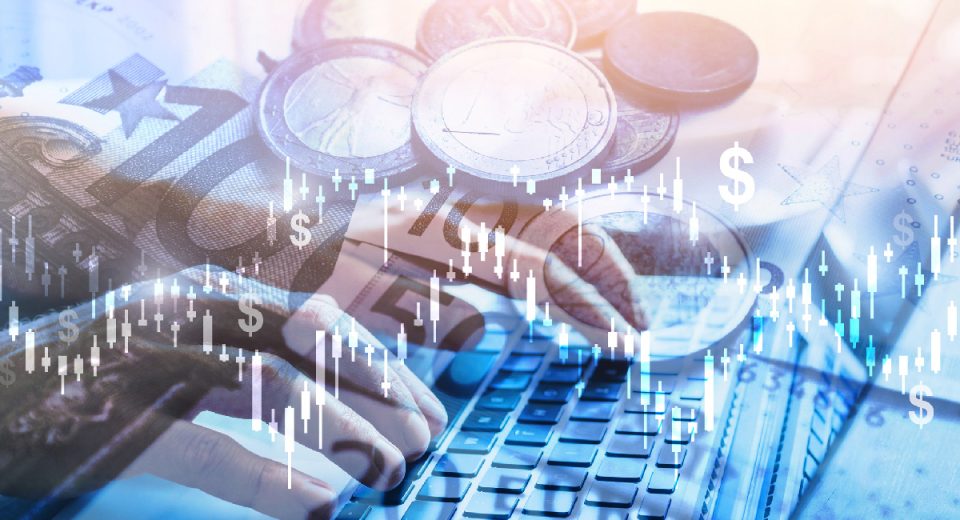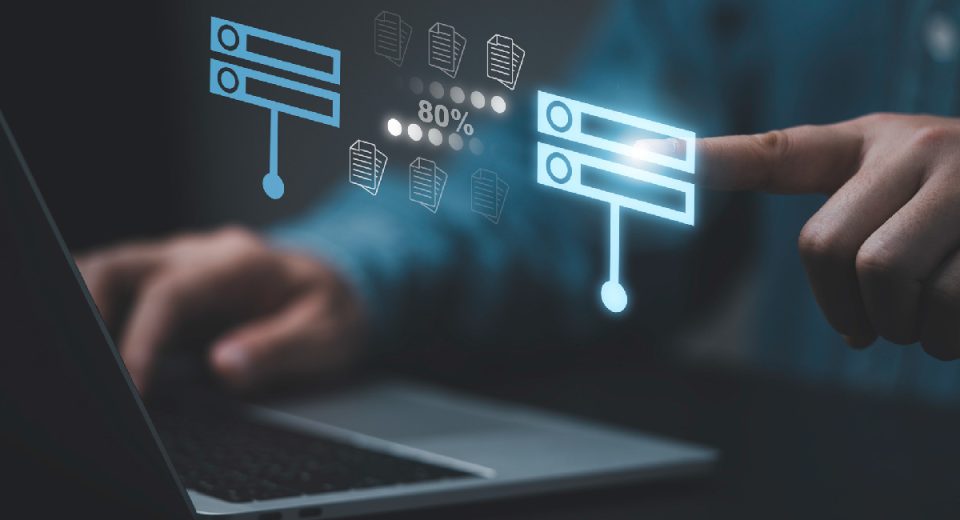Neutral Networks in Forex Trading

In an era when artificial intelligence is increasingly finding favour in many fields, forex trading is also showing keen interest in the concept of neural networks. Forex neural networks are basically data analysis methods or algorithms that consist of a large number of processing units, linked to each other by weighted probabilities, and work in a manner similar to the human brain. The creation of computers and machines that think and learn based on the outcome of their actions is a perfect example of a neural network.
It may sound a bit like science fiction but these networks actually exist and are widely used in the detection of fraud or risk assessment, enterprise planning and business analytics. But how can a neural network be used in forex trading? Let’s find out.
Use of Neural Networks in Forex Trading
Several modern forex trading platforms incorporate the neural network theory and technology that is capable of understanding a trader’s system, making predictions and generating buy and sell orders on that basis. But one misconception that many people have about using forex neural networks is that they generate supernormal profits. If this were true, then there’d be a lot more millionaires in this world right now.
The basic rule that should be kept in mind while building any neural network is to educate yourself and understand what you are aiming to do. So, whether you are using fundamental analysis, technical charts, neural networks or trading on the basis of your own emotions, you should have adequate knowledge to make informed decisions and accept their results.
Another thing to ensure is that the neural network is neither too large nor too small, since this would lead to a potential overfit or underfit of the data, meaning that the network may find it difficult to make an appropriate trade decision.
How do Neural Networks Work?
The basic feature of neural networks is that they take multiple streams of data as input and give out one output. These networks combine the various forms of input, interpret them and use them to make predictions. But for the efficient functioning of such networks, it is essential that they are taught how to read the information fed into them, understand the patterns or trends, analyze them and then take a decision.
For instance, if you believe in fundamental analysis, the neural network should be informed about which information or ratios will make you think of buying a currency. These networks use a black box strategy, which uses various inputs, such as price, volatility, moving average or any other indicator fed by the trader, along with a learning algorithm, to search for different weighted combinations to predict the future movement of the currency pair to be traded.
Similarly, if you prefer technical analysis, the forex neural network should have knowledge and ability to understand the various charts and technical tools and their implications in trading decisions. But one important thing here is to take care to not over-train your neural network. Overtraining here refers to feeding so much past information or past trends into the network that it fails to recognize an opportunity that is different from the past trends.
Stay with us, there’s still more to all this. A forex neural network also has to be taught to compare its own output with actual results, so that it can go back and adjust the weight of various dependencies or factors that are considered when reaching trading decisions. So, the neural network has to not only learn the process of analyzing and processing inputs, but also learn from the actual results to improve its output quality for future trades.
A significant advantage offered by a forex neural network is that it is very good at combining technical and fundamental data, allowing it to find patterns that may not have been considered by human analysis. The application of such patterns can prove to be quite fruitful in terms of successful trades. But as we know, all strategies have their positives and drawbacks. The performance of forex neural networks may be restricted by the fact that the output is totally dependent on the inputs. So, it is not the algorithm in the network that is responsible for its success, it is the ability of the trader to provide well-prepared input information on the targeted indicator and to ensure that the network can compare and learn from its output at various stages.
Disclaimer
If you liked this educational article please consult our Risk Disclosure Notice before starting to trade. Trading leveraged products involves a high level of risk. You may lose more than your invested capital.




